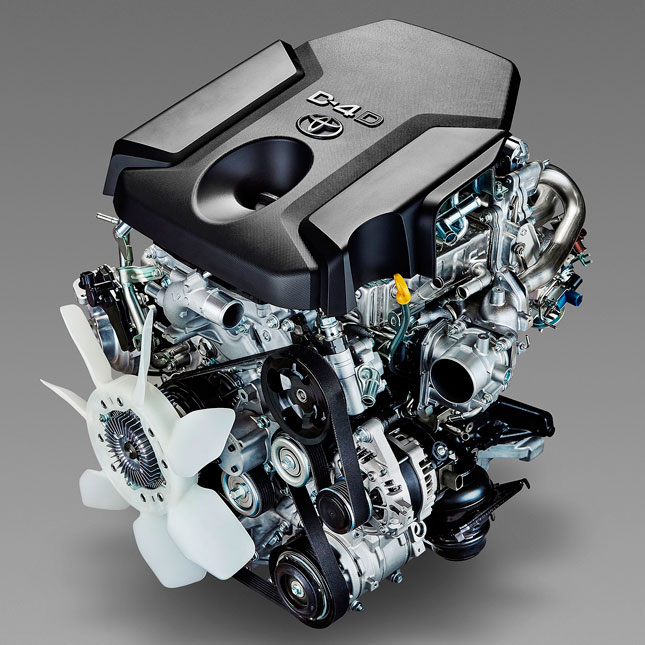
A course in automotive engine repair typically covers the principles, tools, techniques, and procedures involved in diagnosing, maintaining, and repairing various types of internal combustion engines. Here’s a general summary of what such a course might include:
1. Introduction to Automotive Engines
-
Overview of engine types (e.g., gasoline, diesel, hybrid, electric).
-
Engine components and their functions (e.g., cylinder block, pistons, crankshaft, camshaft, valves, and timing mechanisms).
-
Basic principles of internal combustion engines.
2. Engine Diagnosis and Troubleshooting
-
Identifying common engine problems (e.g., misfires, overheating, low compression).
-
Diagnostic tools (e.g., OBD-II scanners, compression testers, leak-down testers).
-
Using service manuals and technical data to troubleshoot engine issues.
3. Engine Disassembly and Assembly
-
Procedures for safely disassembling and reassembling engines.
-
Inspection of engine parts for wear, damage, and proper function.
-
Replacing damaged or worn components like pistons, rings, bearings, valves, and seals.
4. Valvetrain and Timing
-
Understanding the role of the camshaft, valves, and timing in engine operation.
-
Adjusting valve timing and synchronizing components.
-
Repairing or replacing timing belts, chains, and related components.
5. Cooling and Lubrication Systems
-
How cooling systems (radiators, thermostats, water pumps) prevent engine overheating.
-
The importance of proper lubrication (oil pumps, filters, and oil change procedures).
-
Troubleshooting and repairing cooling and lubrication system failures.
6. Fuel and Ignition Systems
-
Understanding fuel delivery (fuel pumps, injectors, fuel lines).
-
Ignition system repair (spark plugs, coils, distributors, and ignition timing).
-
Diagnosing and repairing issues related to engine fuel and ignition systems.
7. Compression, Power, and Exhaust
-
The role of compression in engine performance.
-
Repairing and testing components like pistons, rings, and cylinder heads to maintain compression.
-
The importance of the exhaust system and troubleshooting exhaust leaks or blockages.
8. Engine Performance and Emission Control
-
Understanding engine performance and power production.
-
Diagnosing performance issues (e.g., lack of power, poor fuel economy).
-
Emission control systems (e.g., catalytic converters, EGR valves) and their repair.
9. Advanced Engine Technologies
-
Understanding newer engine technologies like turbocharging, supercharging, and hybrid systems.
-
Diagnosing and repairing modern engine control systems (ECU, sensors, actuators).
-
Working with high-performance or specialty engines.
10. Safety Practices and Tools
-
Proper safety measures when working with engines (e.g., personal protective equipment, lifting techniques).
-
Using hand tools, power tools, and diagnostic equipment safely and effectively.
11. Engine Performance Testing and Quality Control
-
Using dynometers, test equipment, and other tools to assess engine performance.
-
Conducting road tests and performance evaluations.
-
Ensuring repairs meet manufacturer specifications.
Conclusion:
The course provides students with practical, hands-on experience to repair and maintain automotive engines, covering everything from basic diagnostics to advanced repairs. By the end of the course, students should be prepared to work on a wide range of engine-related issues, from minor repairs to complex rebuilds, and be familiar with the latest automotive technologies.
Would you like to explore specific topics within automotive engine repair in more detail?
- Teacher: Rolando Escobar